
2022 Mahindra Scorpio N First Drive: Perfect Middle Ground?
- Jun 30, 2022
- Views : 7010


The Renault Duster turbo boasts of an output figure closer to 200PS than it is to 100PS. Well, that may be stretching the truth a little, but at 156PS, it’s still the most powerful in the segment and even more powerful than cars like the Audi A3 for example. Ever since I saw it at Auto Expo earlier this year, I've been dying to know just one thing, just how quick is it? And, should you bother paying Rs 2 lakh extra just for the added performance?
Flat out
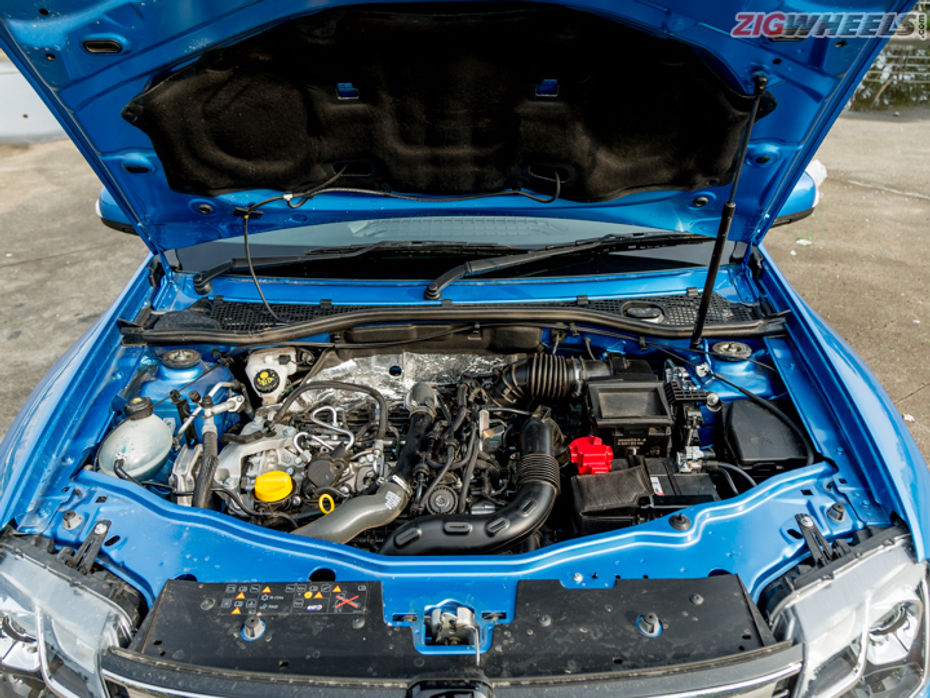
So 156 horses and 254Nm torque, paired with either a 7-step CVT or the 6-speed manual combination like in our test Duster. This new 4-cylinder turbo easily wins the spec wars being more powerful than the Korean offerings from Kia and Hyundai. But when it comes to a sprint off the line, the story is a little different.
|
Renault Duster 1.3 Turbo MT |
Hyundai Creta 1.4 Turbo (Auto) |
Kia Seltos 1.4 Turbo MT |
|
|
0-100kmph |
10.23s |
9.41s |
9.36s |
|
Quarter Mile |
17.26s |
16.88s |
16.74s |
|
3rd Gear (30-80kmph) |
7.89s |
- |
6.55s |
|
4th Gear (40-100kmph) |
13.32s |
- |
10.33s |
|
Kickdown |
- |
5.55s |
- |
When we added up the numbers it’s quick, around 10s to 100kmph, but not quite as quick as the Kia or the Creta. This seems down to its ability to get off the line. The punch from this engine comes in a big dollop and it tends to break traction easily. This causes ESP to kick in, cut power and spoil the launch. ESP/traction control can’t be deactivated either. This sort of sees the Duster lagging a little behind the Koreans in a sprint. When you look at the 3rd and 4th gear roll-ons, it tends to be a few steps behind its Korean rivals here too. Still, traffic light drag races mean little in real life.
IRL
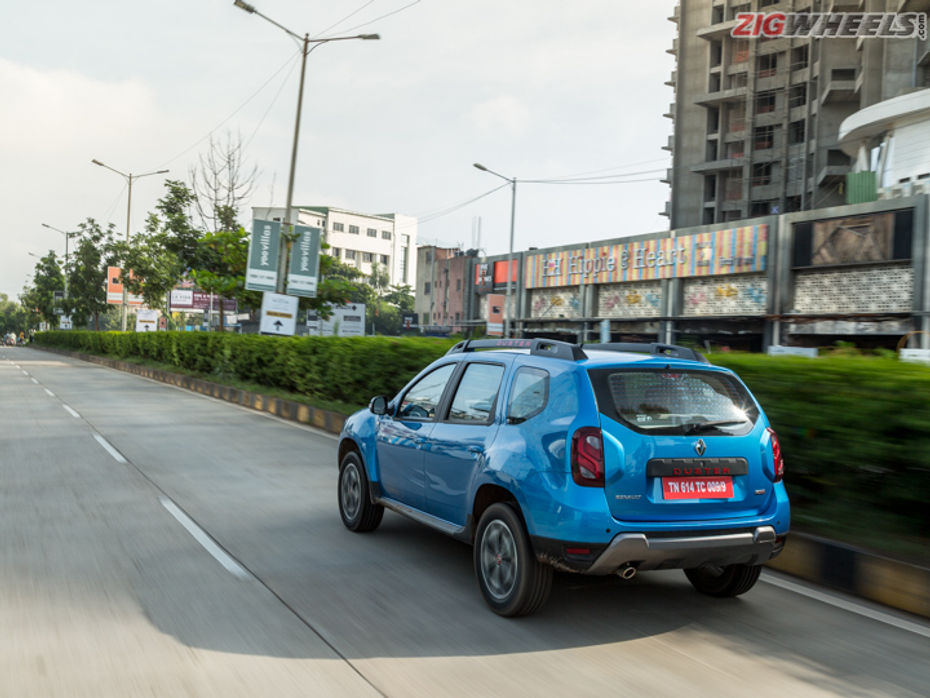
Let’s move on to what these numbers and the Duster’s performance translates to where it really matters. In town, at around 1300-1500rpm, things happen a little slowly and gently so it's easy to drive in the city. The engine only really wakes up around the 2000rpm and pulls strongly till around the 5000rpm mark. So quick overtakes may require you to shift down if you’re in 3rd or 4th gear. Or you can drive around in a gear lower than usual to keep the engine in its sweet spot.
Refinement levels are good with just a little vibration at idle but little else to complain about. And this will be the new norm with the 2020 Duster petrol-only lineup. The other engine, of course, being the 1.5 lt naturally aspirated engine from before. We haven't driven the BS6 version of this older engine yet but having a BS4 version in our long-term fleet which is delightfully smooth, we can’t imagine the BS6 version being much different.
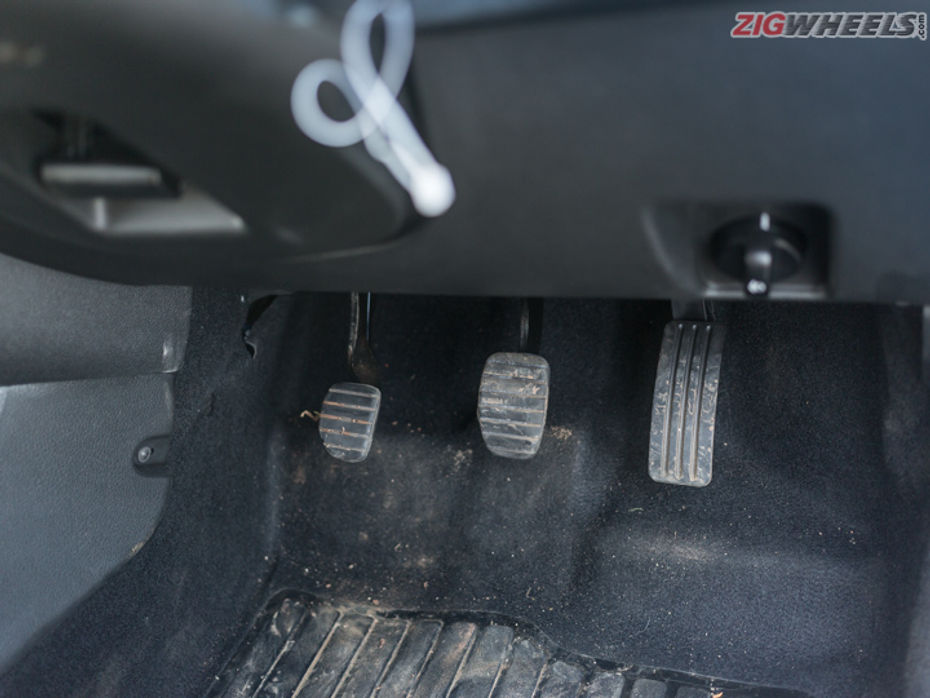
While the diesel engines will be missed, one thing that diesel Duster owners will love is the lighter clutch of this petrol. It keeps things nice and easy in the city and driving in traffic, is much less of a pain in your left leg thanks to this. It’s not all perfect as the clutch does lack feeling for the bite point and takes some getting used to. We have to admit to stalling the Duster a couple of times. But the pleasant surprise is that if you're quick with kicking in the clutch, the auto-start-stop system activates and saves the day by re-starting the engine for you. It does it so quick too that your fellow road goers won’t even notice your silly mistake. Once you learn to anticipate the bite point, it’s a much easier drive around town.

The 6-speed gearbox is slick shifting and the ratios are nicely spaced out. At 100kmph on the highway, the motor is ticking over calmly at 2000rpm. This is also at the point where the turbo kicks in so quick overtakes need just a prod on the throttle, without the need for you to shift down.

The highway was and still is where the Duster is very much at home. Munching miles effortlessly with that delightful ride really doing a great job of isolating the cabin from the road. That delightful ride quality is one of the things we loved about the Duster and it is still a standout with this SUV. Bad roads, potholes, speed breakers, really anything you can think of, it just gobbles them up.
What else has changed?
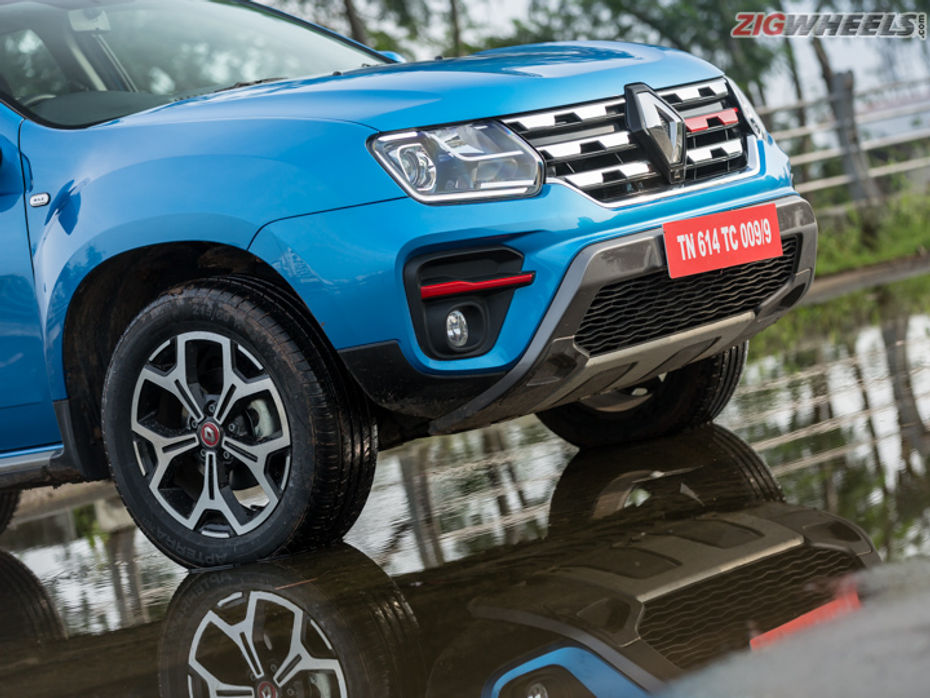
On the outside, the turbo gets a host of red accents for distinction. So, there’s an accent on the left side of the grill, above the fog lamps, on the centre caps of the new pattern 17-inch alloy wheels, the roof rails, and the rear ‘Duster’ badging. The 1.5-litre petrol Duster stays the same as the previous facelift with the only change being the deletion of the CVT automatic option.

The changes are similarly sparse on the inside, with just a new upholstery colour and some neat light blue stitching being the only visible difference. The package still covers all the basics with a 7-inch touchscreen infotainment system with Apple CarPlay and Android Auto, climate control, cruise control, keyless entry with push-button start, dual airbags, ABS with EBD, and rear parking sensors, ESP and hill start assist. Renault has also added a new remote engine start feature to the key fob, that in theory should allow you to start the car and remotely cool the cabin before a drive. But it’s a complicated feature that requires you to engage with a combination of button presses and leave the car in neutral with the air-con set to auto before switching the car off. Despite following all the settings and steps, we only managed to engage it once on our test. So, it covers all the features that you could consider necessary in today’s day and age but having experienced cabins from the likes of Kia and Hyundai with features such as heads-up display, sunroofs and ventilated seats, that you really feel that this ageded shorter features list really hurts the Duster.
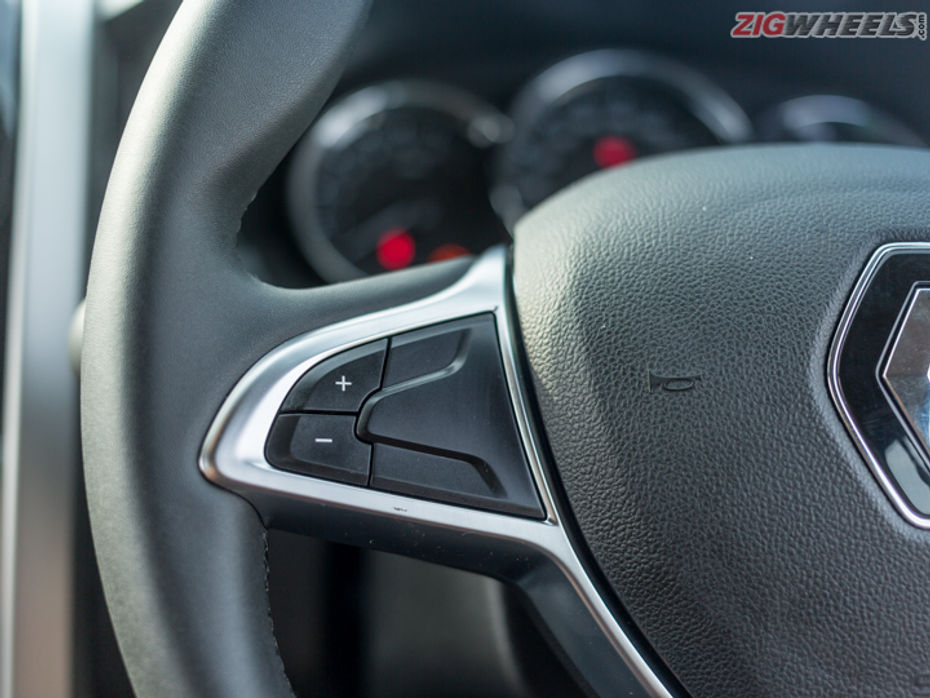
And that’s not all, some ergonomic issues still persist such as the seat height adjust which has just two positions. While you can move from the higher position to the lower one while sitting in the driver's seat, you have to get out of the car to raise the seat back up again. The footwell is also a little cramped with no place to rest your left foot on long journeys. The cruise control buttons have also been spread over the steering wheel and the dashboard, two separate locations. They could easily have been accommodated on the steering wheels itself considering there are blank buttons with no functions assigned to them.
Pricing
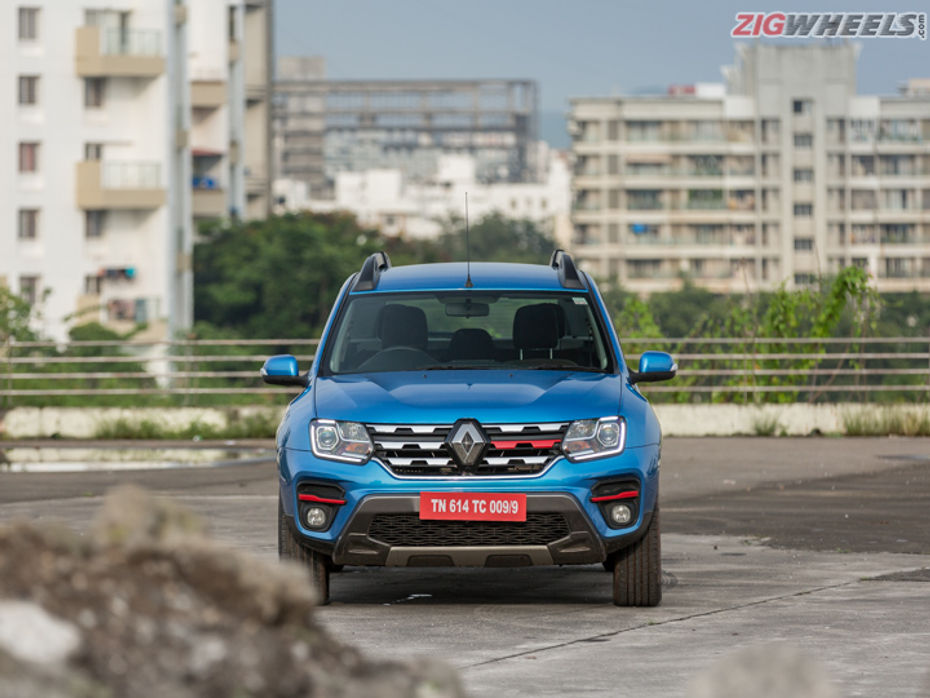
In terms of pricing, the Turbo is almost Rs 2 lakh dearer than the 1.5-litre engine and you need to ask yourself if that jump in price is really worth the jump in performance. But there is another way to look at it. With the prices of the competition moving upwards, the Duster Turbo, even at an asking price of Rs 11.99 lakh for this manual RXZ variant, is the least expensive turbo petrol in the segment.
Verdict
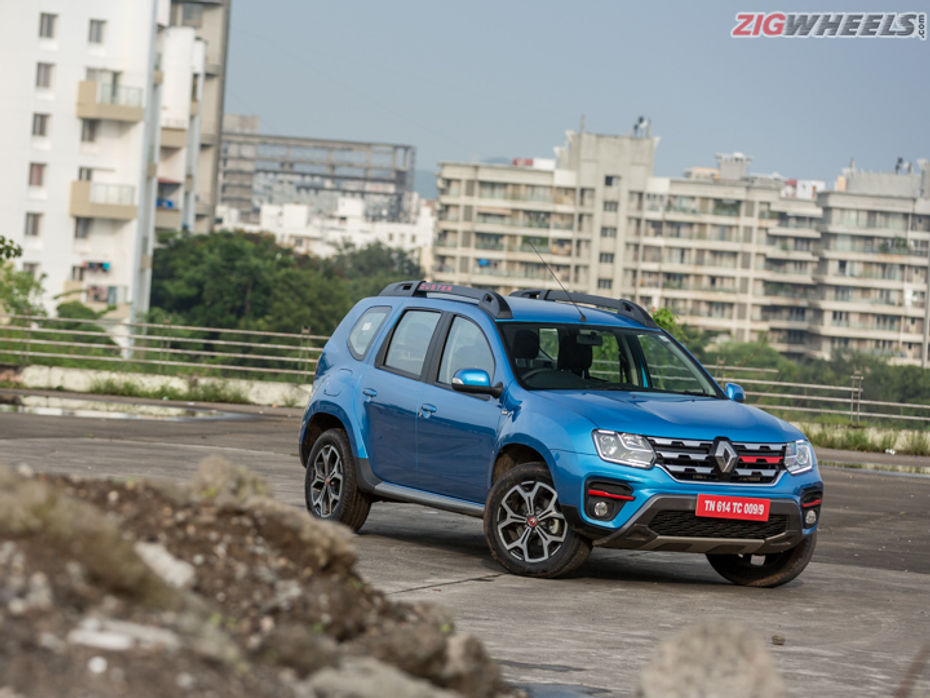
The Duster made a big splash when it first arrived in 2012. We all gushed over its ability to flatten out even the worst of roads and effortlessly munch miles on the highway, and it still excels in these regards. But the competition has caught up and driven off into the distance when it comes to features, cabin quality and ergos. This has left the Duster rather irrelevant for a majority of buyers in the segment. Is the punchy Turbo enough of a boost for the compact SUV to survive till a whole new generation of Duster arrives in 2023?
We can’t really say, but what we do know is this - at Rs 12 lakh it undercuts the turbo petrols in both Kia and Hyundai lineups by a big chunk of change and even it’s country cousin, the Kicks, is almost a lakh dearer. So, if you’re looking for the thrill of a turbo-petrol engine, love munching miles on the highway, and don’t mind a package without too many frills then the Duster Turbo is worth a look.

2022 Mahindra Scorpio N First Drive: Perfect Middle Ground?

2024 Hyundai Creta Facelift vs Rivals: Which Compact SUV Shines On...

Hyundai Creta 2024 Review: First Drive

The Mahindra Thar Roxx is more than just a 5-door Thar!
 Mahindra Scorpio N
Mahindra Scorpio N
 Hyundai Creta
Hyundai Creta
 Mahindra Thar ROXX
Mahindra Thar ROXX
 Mahindra XUV700
Mahindra XUV700
 Mahindra Bolero
Mahindra Bolero
India's largest automotive community
 Hyundai Creta Electric Bookings Open Ahead Of Auto Expo 2025 Launch: You Can’t Buy The Smaller Battery With The Top-spec
Hyundai Creta Electric Bookings Open Ahead Of Auto Expo 2025 Launch: You Can’t Buy The Smaller Battery With The Top-spec
 You Can Now Officially Book The Kia Syros Ahead Of Its Launch!
You Can Now Officially Book The Kia Syros Ahead Of Its Launch!
 Here’s How The Hyundai Creta Electric’s Claimed Range Compare With All Its Rivals
Here’s How The Hyundai Creta Electric’s Claimed Range Compare With All Its Rivals
 Hyundai Creta Electric (Creta EV) Vs Creta ICE: A Look At The Design Differences And Similarities Between The Two!
Hyundai Creta Electric (Creta EV) Vs Creta ICE: A Look At The Design Differences And Similarities Between The Two!
 Renault KWID
Rs. 4.69 Lakh
Renault KWID
Rs. 4.69 Lakh
 Renault Triber
Rs. 5.99 Lakh
Renault Triber
Rs. 5.99 Lakh
 Renault Kiger
Rs. 5.99 Lakh
Renault Kiger
Rs. 5.99 Lakh
 Hyundai Creta
Rs. 10.99 Lakh
Hyundai Creta
Rs. 10.99 Lakh
 Tata Punch
Rs. 6.12 Lakh
Tata Punch
Rs. 6.12 Lakh
 Mahindra Thar ROXX
Rs. 12.99 Lakh
Mahindra Thar ROXX
Rs. 12.99 Lakh
 Tata Nexon
Rs. 7.99 Lakh
Tata Nexon
Rs. 7.99 Lakh
 Maruti Brezza
Rs. 8.34 Lakh
Maruti Brezza
Rs. 8.34 Lakh